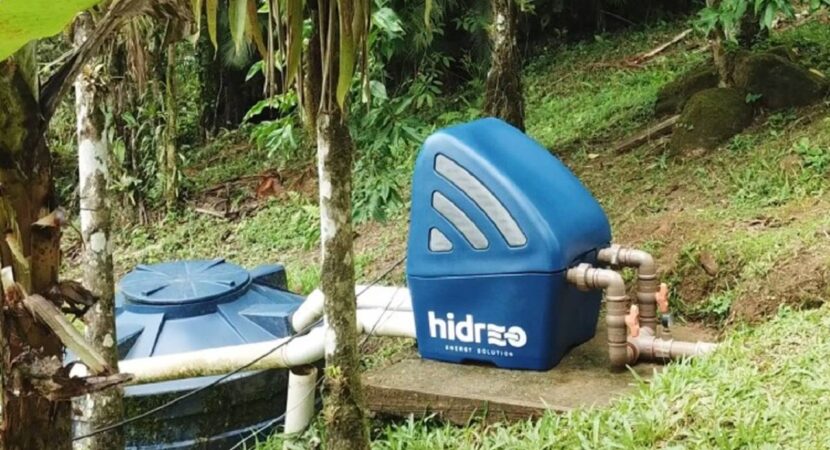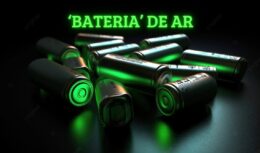
Mechanical engineers from Curitiba develop a micro hydroelectric power plant capable of supplying more than 5 homes and generating a large reduction in users' electricity bills.
In 2018, two mechanical engineers from Curitiba built a “homemade” micro hydroelectric plant, with the capacity to supply up to 4 homes. At the time, Juliano Rataiczyk and Felipe Wotecoski had developed a functional prototype, which promised a reduction in the light bill and a small startup to make the equipment available to the market. During these 4 years, engineers took other ideas off paper and continue to generate new products to meet the demands of a greater number of customers.
Curitiba micro hydroelectric power plant undergoes several improvements
According to Wotecoski, when the plant was developed in 2018, thinking about its startup model, they were still in the process of having the minimum viable product, which is the first step to enter the market. In this way, after reports at the time, there was a great demand and very important production for the moment that the startup was living.
It is not possible to quantify for sure, but even today there are people who come because of old reports. Wotecoski points out that throughout this period the micro hydroelectric plant has undergone several refinements and evolutions.
At the time, to install the equipment, which generates a large reduction in the electricity bill, it was necessary to have a water source such as a stream or other similar water course, close to the property with a natural fall of at least 15 meters in height. The product officially hit the market in 2020 with some improvements such as, for example, plastic protection of the plant, among other things.
The engineer explains that it was possible to improve the equipment and mitigate the minimum height of the waterfall from 15 to 12 meters, expanding the installation possibilities of the micro plant. There are also plans to launch another product, a mini power plant, so that it is possible to serve the vast majority of customers who came to the company looking for equipment that could supply energy for a single house, while the micro plant generates enough energy for up to 5 homes. .
Advantages of the micro hydroelectric plant produced in Curitiba
While the equipment manages to generate up to 720 kilowatt hours per month, being able to supply four to five houses or up to three rural properties, the mini plant, which can be installed in places with a waterfall from a height of 10 m, generates an energy of 220 kW per month, enough to supply a house.
In both cases, if the consumer installs the bidirectional clock in the connection with the copel, you can “sell” the energy that is left over, generating a reduction in the electricity bill. Among the advantages of the mini plant are the smaller size and the value which is less than half of the micro plant.
Furthermore, mini plant it needs a water source of only 2 or 3 liters per second, allowing its installation in places where the other equipment cannot be installed for technical reasons.
How much does a micro hydroelectric plant cost?
According to the engineer, since the company started, more than 50 micro plants have been installed in 10 Brazilian states, in addition to Curitiba. And, curiously, its biggest markets are the states of Minas Gerais and Santa Catarina, due to their reliefs.
As for the mini plants, although they were launched recently, there are already more than 20 installed. The success of the new model, in Wotecoski's opinion, is mainly due to the lower cost. While the larger model costs approx. BRL 20 thousand, the mini plant costs only BRL 8.5 thousand, already with the batteries.












Air Force F-16 fighters…
True friend, what they shot down were…
Air Force F-16 fighters…
I would like to know what planet you live on…
Air Force F-16 fighters…
Everything is fine, 100-year secrecy,…
Air Force F-16 fighters…
Well... It's flying scrap... Typical...
Air Force F-16 fighters…
Which genocide are you talking about? Than…
That's it, Brazil, forward and...
I'm interested in going to work there, if...
I didn't know about this news
Goodnight! My name is Francisco Rodrigues, I’m Cape Verdean…
I am a metallurgist, I work with metal structures and services…
I mean, 9 hours a day, 5 days…
I want to register
Boy, work 9 days, have a superior and…